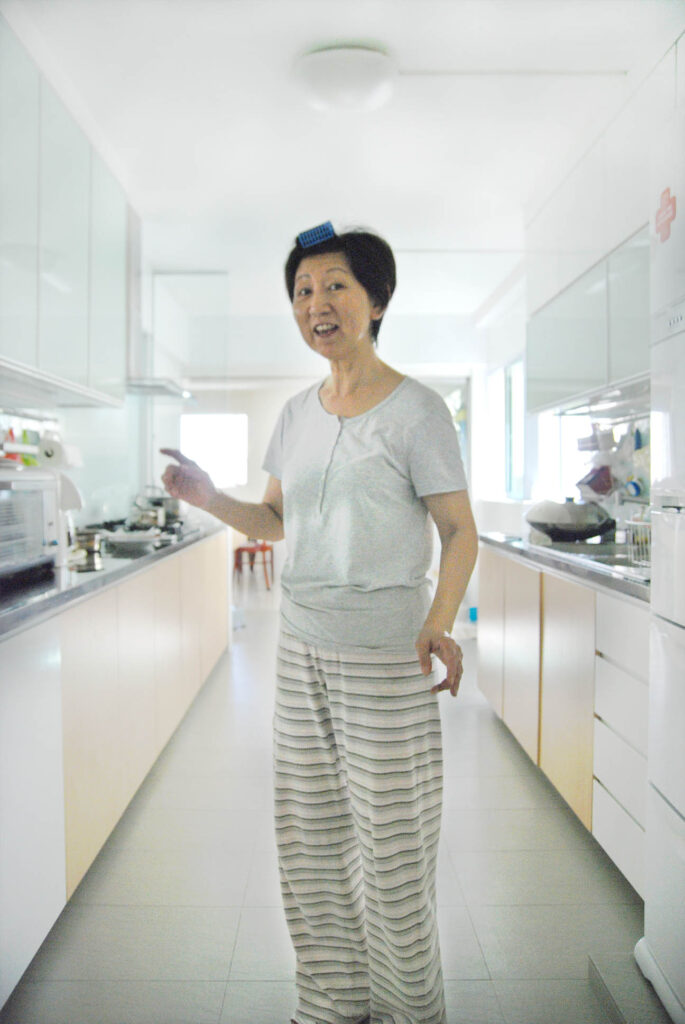
Last year, I participated in a project initiated by industrial designer Hans Tan to find out what made hawker tableware in Singapore so colourful. It included an online survey that asked people in Singapore if they associated their favourite hawker dishes with particular colours, and if they prefered an array in each hawker centre or simply white. This culminated in a book, which also covers the events that led up to this vibrant (perhaps even jarring) element of our hawker culture, and discusses its future in the face of various — e.g. manpower — challenges.
When we embarked on this project, all new — and many old — hawker centres had adopted standardised tableware comprising only two or three colours. If there is a time to assess the value that tableware colours bring to Singapore’s hawker culture, it is probably now.
Continue reading


